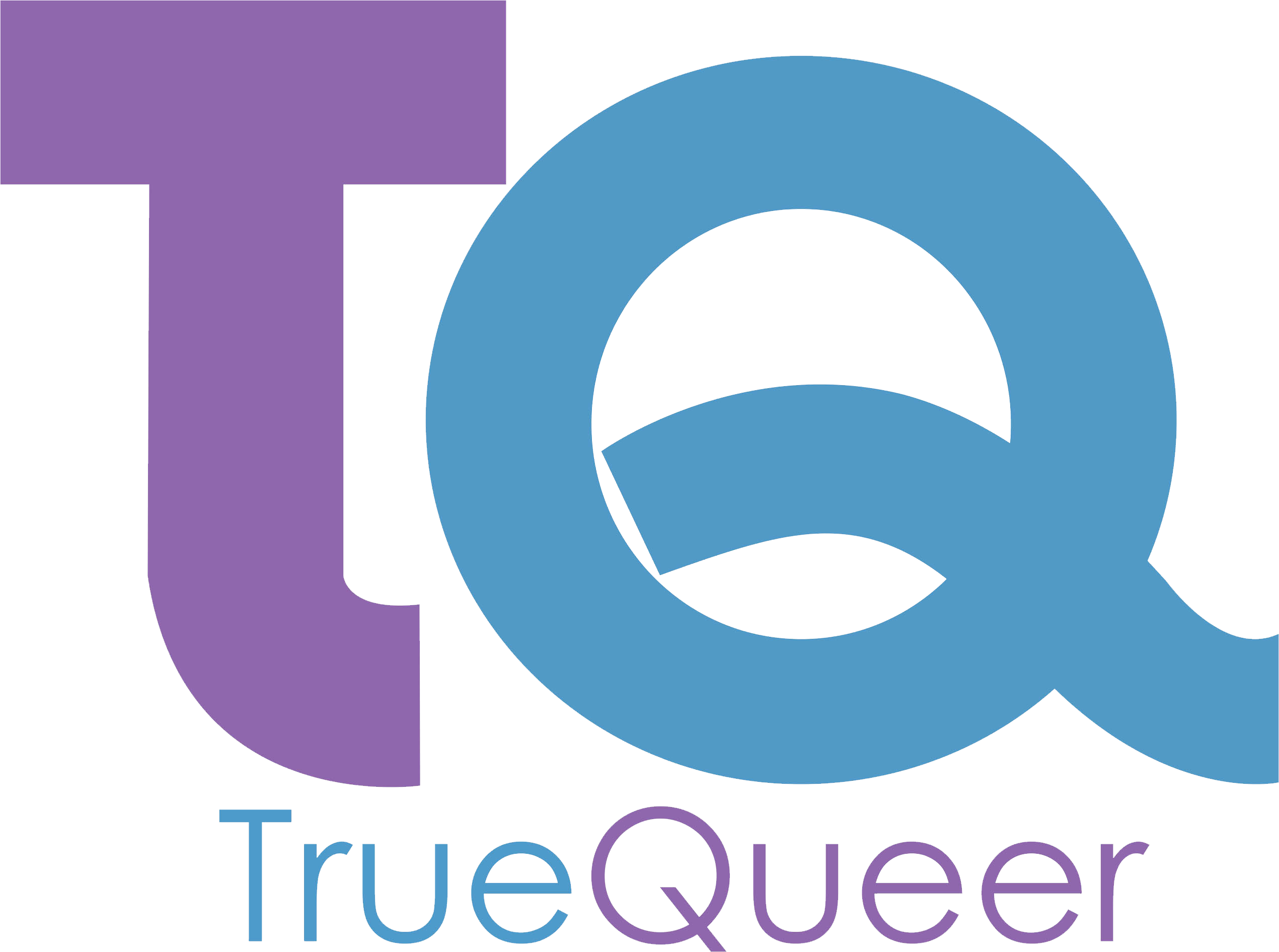Tips on Coming Out at Work as a Member of the LGBTQ+ Community
A ruling by the United States Supreme Court in June 2020 made it law that employers in all 50 states could no longer fire employees for merely identifying as LGBTQ, or for being in romantic relationships of their choosing.
As far as federal law is concerned, discrimination at a place of employment based on gender identity or sexual orientation now counts as sex discrimination and is illegal. Before the ruling, a gay person in states like Alabama could legally marry their same-sex partner, but get fired from their job for coming out as gay. Now, however, with the new ruling, members of the LGBTQ community are protected in the workplace, a move that can only help them become further accepted into the mainstream of society.
While the law does offer legal protection against workplace discrimination, it cannot directly control how colleagues and bosses at organizations everywhere feel about someone from the LGBTQ community who works in their midst. After all, discrimination based on gender or race has been illegal for decades, but some people still do practice such discrimination.
The law finally, legally protects your right to come out at work, but the choice isn’t cut and dried for everyone. A few caveats apply. The ruling by the Supreme Court does not apply to very small employers or religious organizations. Additionally, before you come out at work, consider the specific circumstances that you face at your place of work – are bad actors there who can complicate your life?
Should you choose to come out at work?
Sign up for more LGBTQ+ news and updates at TrueQueer.
When you choose to come out at work, you need to consider several factors — the industry that you work in and whether you’re out in your own family, among others. What you choose may also depend on how exactly you identify — as lesbian, gay, trans, bi, or queer.
For instance, if you decide to come out as a trans woman, you may need to think about the complications involved in using your restroom of choice at work; a woman who was a straight-passing lesbian wouldn’t need to worry about this particular problem. A woman who identified as male, on the other hand, would need to consider how welcoming the culture at work would be.
If you hesitate to come out at work, it’s completely understandable. What follows are a few ideas to help you figure out what the right choice is for you.
Consider the culture at work
When you consider coming out at work as an LGBTQ employee, it’s reasonable to be concerned about becoming a target of your colleagues’ hostile feelings. You might fear unfriendly comments and questions about your appearance or mannerisms, or fear social isolation at the office.
In many cases, it is possible to judge the culture at your workplace by attempting to gather clues about your colleagues’ views and attitudes. If other LGBTQ employees are out, you might be able to study how others treat them at meetings, casual conversations, and after-work gatherings. You might also have private conversations with colleagues who have come out and learn about their experiences.
Consider the possible effects on your career
Historically, people who belong to underrepresented communities, including members of the LGBTQ community, have tended to face discrimination in the workplace, in the way they are hired, promoted, evaluated, disciplined, or terminated. They may find that they get judged to stricter standards than other people, handed harsher punishment for mistakes, and excluded from social or professional gatherings.
If your company is large enough, it could be on the HRC Corporate Equality Index, and you could see a score that tells you how open your work environment is. Even if your company isn’t listed, you may learn a lot about it by looking at its track record. Have many openly LGBTQ employees been hired and promoted in the past? Do they seem to continue with the company? Is there a functioning LGBTQ employee resource group, and does it receive support and funding from the company? Answers to all these questions can help you decide if your organization is likely to be a safe place to come out.
It’s also a good idea to read through your company’s employee handbook. You need to look for sections that talk about discrimination, harassment, equal opportunity, and a general code of conduct to see if you are officially protected.
Think of the consequences of choosing not to come out
Coming out, undeniably comes with social, emotional, and professional consequences. However, it’s also important to consider what happens when you choose not to come out. Research (hbr.org/2011/07/for-lgbt-workers-being-out-brings-advantages) suggests that not coming out tends to make it harder for people to adjust professionally. Hiding the truth about who you are takes a toll. According to a study by the Human Rights Campaign (assets2.hrc.org/files/assets/resources/AWorkplaceDivided-2018.pdf), the stresses involved in leading a double life can be exhausting, and take energy away from work.
People who come out at work tend to report lower levels of stress and more energy to devote to their work. It would be best if you considered the realities of your specific work environment before you choose, but you should be aware that not coming out has a professional downside.
Ways to come out at work
There’s no one right way to come out. A great deal depends on the culture of the company you work for, and the level of comfort you feel at sharing with others a part of you that is of deep personal significance. The strategies below tend to work for many people.
Ripping off the Band-Aid: Since a formal announcement can feel awkward, many people choose to bring up the subject of their identity with a few hints casually dropped during conversations. In general, the longer you wait to come out, the more uncomfortable it is likely to be. If you plan to come out, it’s good to get it over with as quickly as possible.
Make it feel natural: If a situation doesn’t seem to come up where it would be natural to bring up the subject, you could stay on the lookout for a possible opening. You might even create your circumstances by having your partner send you flowers at work and tell your coworkers who sent them.
Share with a select few: If you’re not comfortable with telling everyone at work, you might start by coming out to only the colleagues who are out themselves, or to anyone else who appears to be a strong advocate for LGBTQ rights. Over time, knowledge of you is likely to spread through the organization.
Tell your manager: Sometimes, LGBTQ employees may prefer to use formal channels to come out at work. They tend to feel that it helps protect them, and helps them gain more significant support. It’s a good idea to look for a manager, supervisor, or someone else in a position of authority, who is known to be an LGBTQ ally. When you confide in them first, they may be able to protect you in the event of a backlash. Requesting your manager to make the announcement for you can also help save you the discomfort of providing individual explanations to every colleague.
Be creative: Coming out doesn’t have to be a formal announcement. You may feel comfortable making the announcement with coming-out cards that you distribute to everyone at work.
If you’re able to share with your colleagues the fact that you are LGBTQ, you should find, in many cases, that the payoff makes the effort worthwhile. You may even find that the step you take makes you feel welcome, and makes you a role model to others in your organization.
Follow us on Facebook
![]()

